A FISTFUL OF FINGERS. Edgar Wright’s Hilarious Western Debut
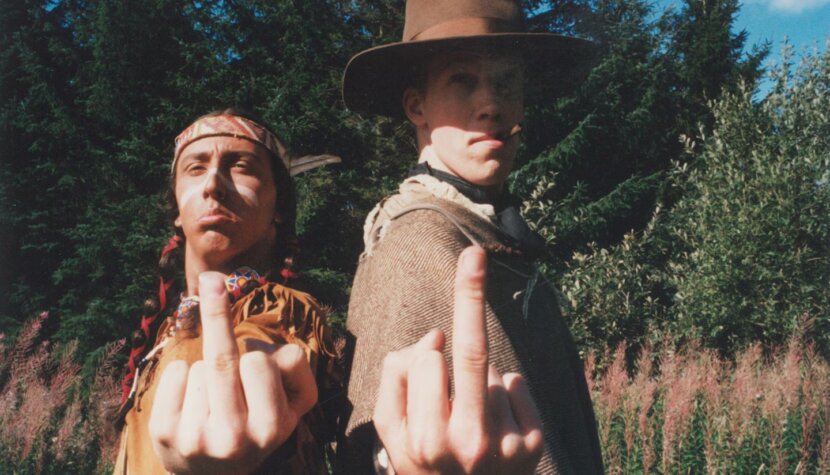
…, which includes Shaun of the Dead, Hot Fuzz, and The World’s End (not the one where Michael Cera gets dragged to hell; the one where Simon Pegg and Nick Frost defend the world from an alien invasion). Over the two decades, Wright has transformed from a promising young director into a true master of comedy. Unlike most American comedy filmmakers, who mainly rely on verbal humor, Wright strives to make audiences laugh using every cinematic tool at his disposal. The gags in his films come from sudden, surprising zooms, clever lighting changes, props that appear out of nowhere, and perfectly timed sound effects tailored to specific scenes. A Fistful of Fingers
Perhaps the most extraordinary aspect of Wright’s style is his ability to turn simple, mundane scenes into small comedic masterpieces. The creator of Shaun of the Dead never shoots a scene in a boring way—every sequence is infused with directorial creativity. Many of his ideas draw strength from referencing genre cinema classics, which Wright, a great fan of such films, loves to homage. Take, for example, the so-called “tooling up montage,” a staple of action cinema where the hero prepares for a climactic fight, accompanied by quick cuts and grandiose music (think of Commando with Arnold Schwarzenegger as the template). In Scott Pilgrim vs. the World, there’s a similar sequence, except instead of sharpening knives, loading guns, or applying war paint, the protagonist zips up his jacket, puts on sweatbands, and awkwardly ties his shoelaces.
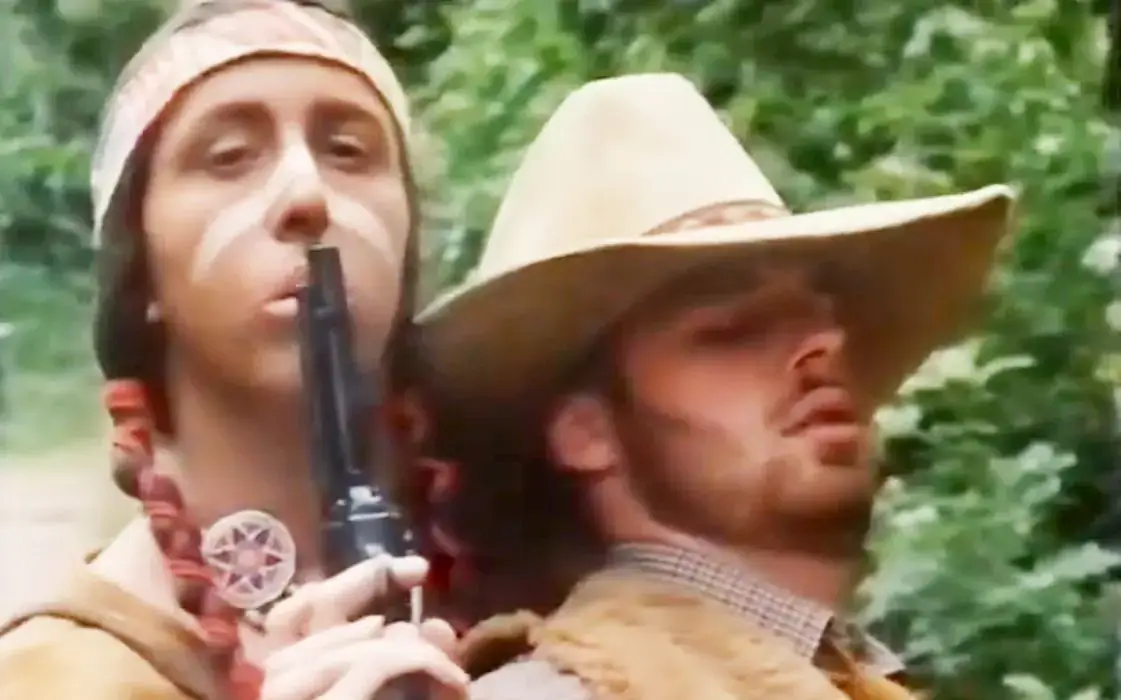
Every Wright film is partly a charming pastiche, radiating a genuine love for cinema. In Shaun of the Dead, the director tackled the zombie horror genre and combined it with romantic comedy; in Hot Fuzz, he transplanted the buddy cop film, popularized by American cinema, to the British countryside and added a pinch of brutal horror; while in The World’s End, he referenced apocalyptic science fiction. Although every Edgar Wright fan knows these films by heart, his debut, A Fistful of Fingers, remains largely unknown. It’s a shame because it may be the only truly successful parody of the spaghetti western ever made. The film’s popularity, however, may grow as it recently celebrated its 30th anniversary.
Let me digress for a moment: London’s Prince Charles Cinema is the most wonderful movie theater I’ve ever visited. I’m certain that if I lived in the British capital, I would go there every day. Moreover, I have no doubt you’d agree with me after just one glance at its program. In November alone, the cult cinema showcased Gremlins (with guest star Zach Galligan!), RoboCop, The Nightmare Before Christmas, the original Star Wars trilogy (of course, the proper one), and the aforementioned A Fistful of Fingers, accompanied by a talk from Edgar Wright himself, who flew in from the States for the occasion. Add to this the fact that the theater hosts monthly screenings of The Room by Tommy Wiseau, where fans can attend in costume and shout memorable lines at the screen (“Anyway, how’s your sex life?”), and you get the perfect venue for viewers who feel out of place at multiplexes or retrospectives of Krzysztof Zanussi’s works.
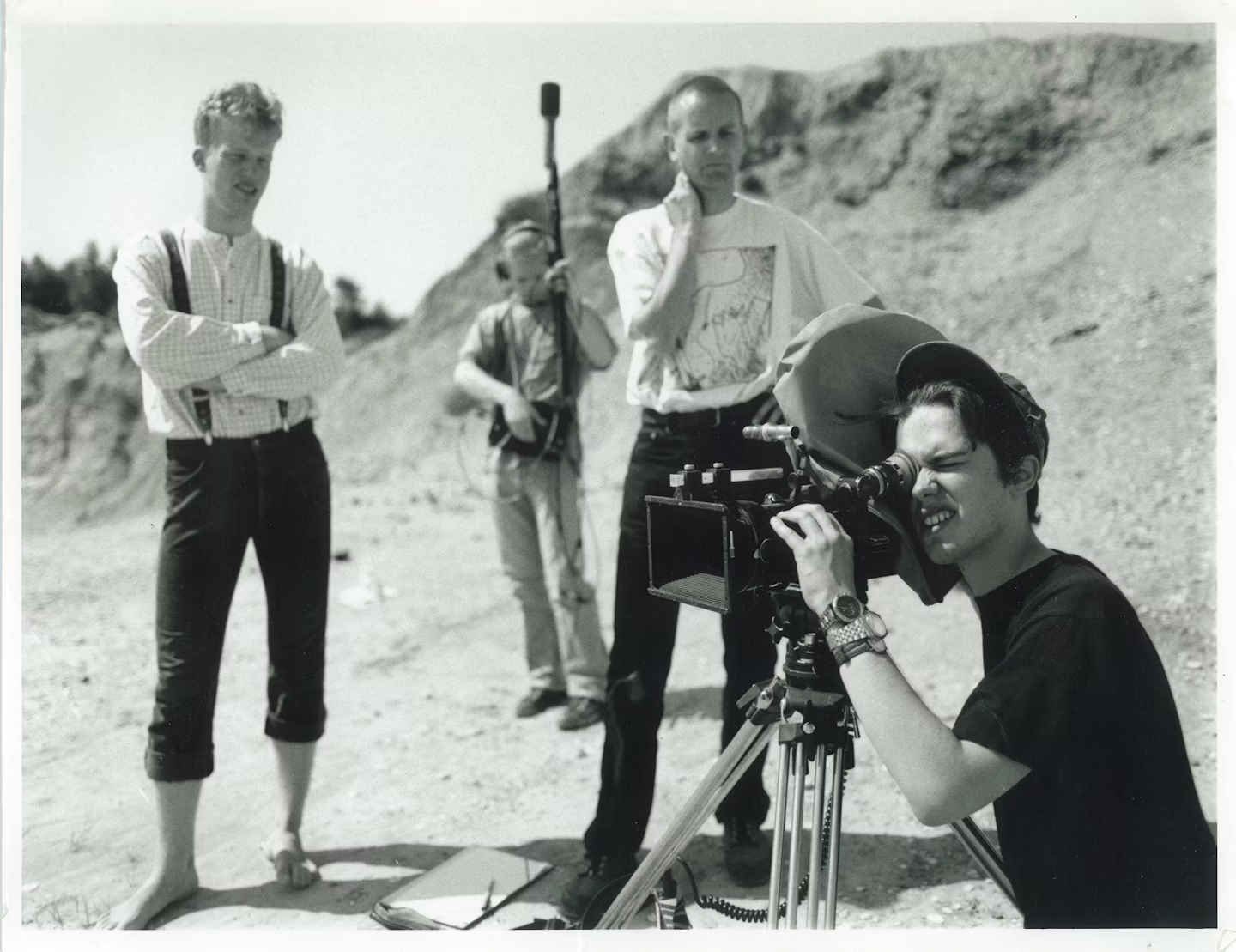
I used to feel a bit embarrassed about this film. If a journalist referred to Shaun of the Dead as my feature debut during an interview, I wouldn’t correct them. But now, I think I’ve come to terms with the fact that A Fistful of Fingers is my first film.
The director’s initial hesitation regarding his comedic spaghetti western is entirely understandable. The first, shorter version of A Fistful of Fingers was shot by Wright and his friends on a VHS camcorder when he was only 19. Thanks to his ingenuity and determination, Wright eventually received £11,000 from a local newspaper editor (who could avoid taxes by supporting a young artist) and acquired a slightly more professional camera capable of recording on 16mm film.
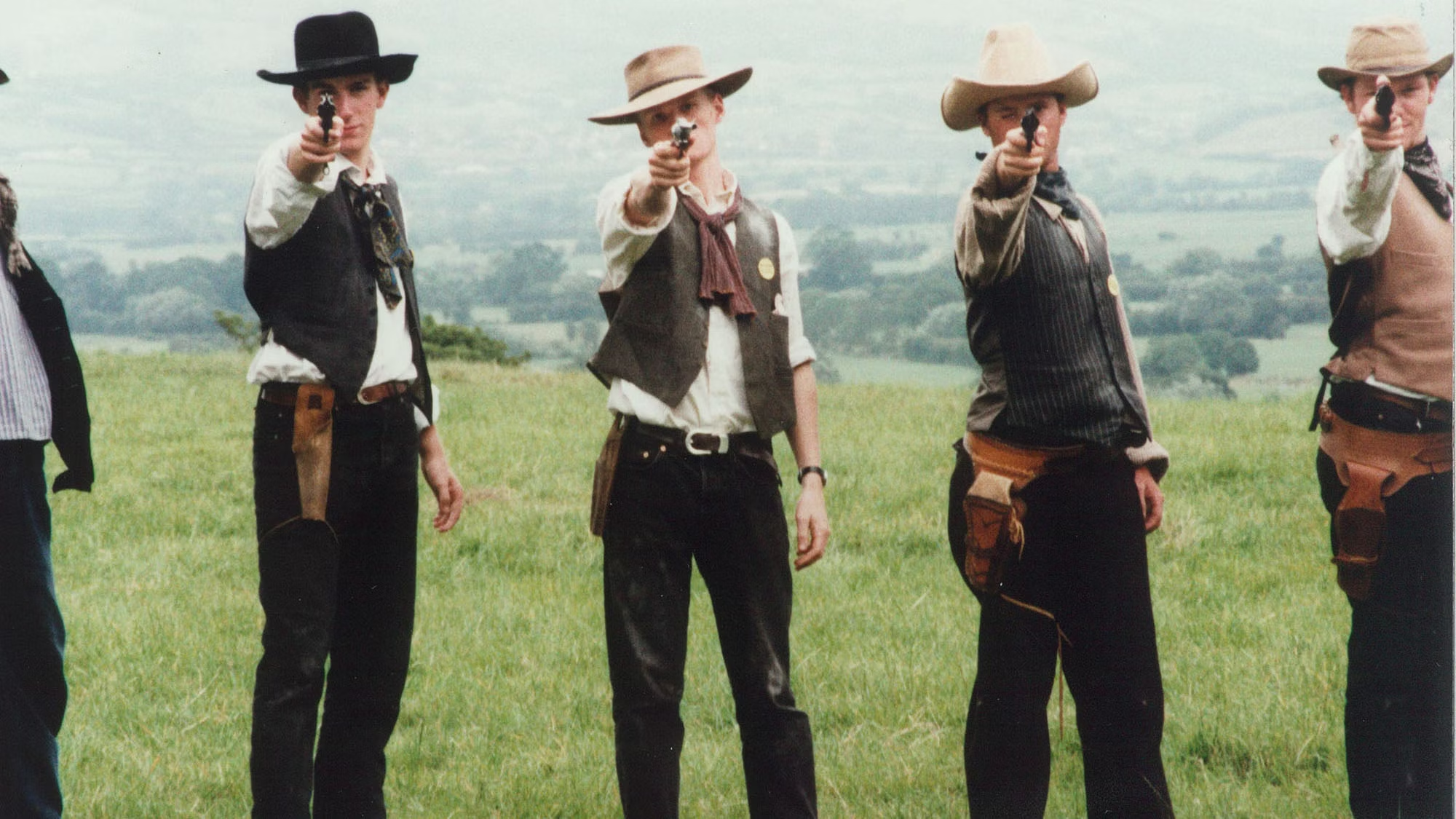
Wright then created what could be described as a slightly less amateurish remake, which was screened at the aforementioned Prince Charles Cinema and a few festivals. For the lead roles, he cast mostly his friends—who were around the same age—so don’t be surprised that the villain looks like a high school student. After filming wrapped, Wright realized he had too little footage.
I wasn’t a professional director yet, so I didn’t shoot enough scenes to have material to choose from later. To stretch the runtime to 78 minutes, we created an outrageously long opening sequence. I also realized I had a scene in the middle of the film that takes place in complete darkness, so we decided to add a few minutes of dialogue in the studio.
The opening credits, created for free by Wright’s brother Oscar (who worked at Ealing Studios at the time), look surprisingly professional and cleverly reference the opening of Sergio Leone’s classic westerns.
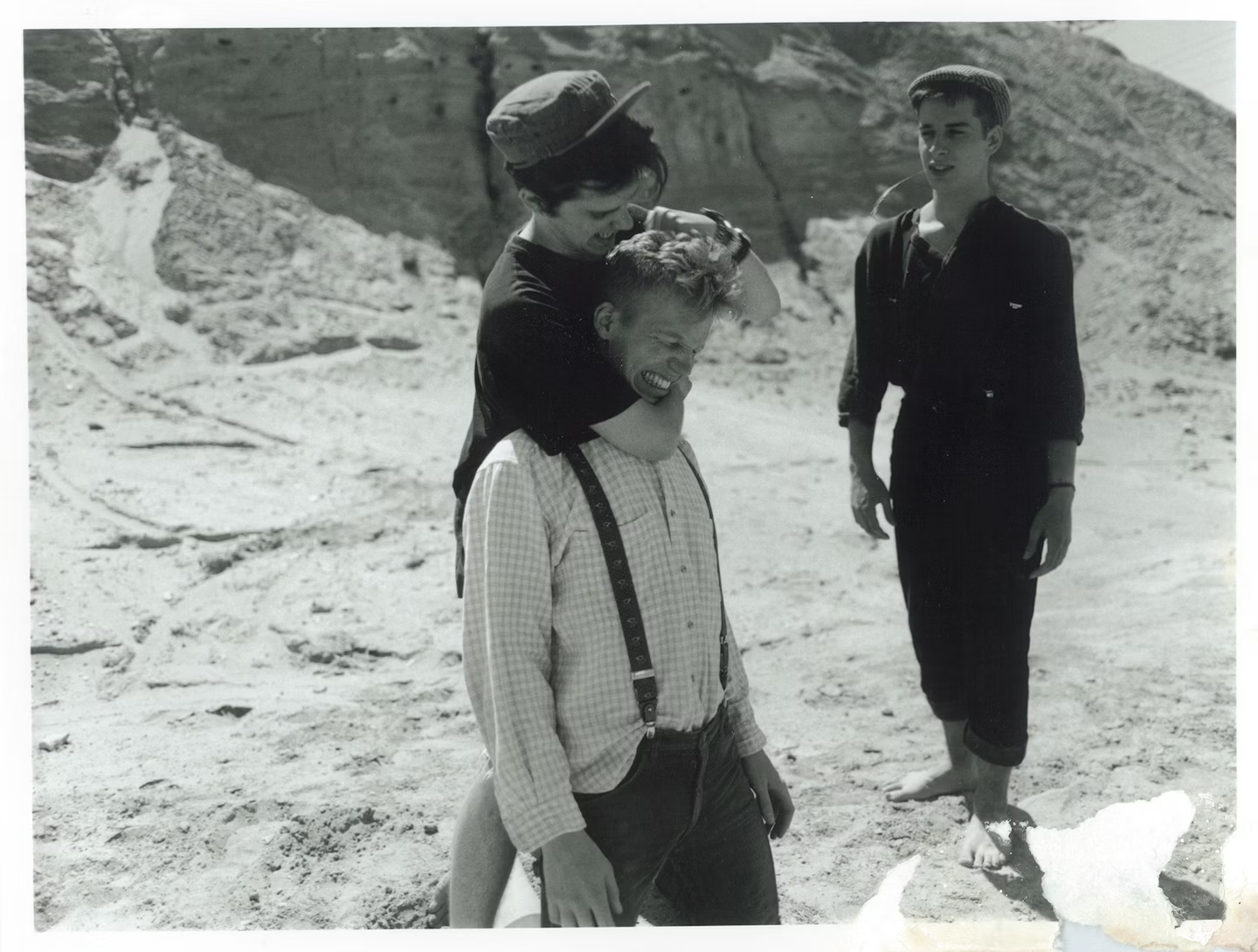
Despite the challenging circumstances and very limited budget, Wright has nothing to be ashamed of. A Fistful of Fingers is arguably one of the coolest youthful debuts of the 1990s, alongside Robert Rodriguez’s El Mariachi, which was made for a similar sum. The story follows a cigarillo-chewing, poncho-clad (surprise!) Man-with-No-Name who sets out to hunt down a bandit nicknamed “The Squint” (modeled after Lee Van Cleef). When Squint kills the protagonist’s horse Easy (who is also his best friend and… lover), the cowboy vows revenge. To track down and defeat his foe, he must team up with a Native American (played, of course, by a young Brit painted brown), win a spitting contest, and master the art of shooting with his middle finger (hence the film’s title, which could be loosely translated as For a Fistful of F*s).
While the plot may sound silly (it’s worth noting that the end credits include the disclaimer, “No animals were harmed during filming. They were all killed”), A Fistful of Fingers is more than just a marathon of juvenile jokes. Wright was clearly inspired by Monty Python and the Looney Tunes shorts. The gags in his debut are sometimes brilliant and sometimes less so, but they demonstrate the director’s skill in creating humor through visuals, sound, and references rather than dialogue alone. A Fistful of Fingers is situational comedy in the truest sense of the term. Moreover, Wright cleverly mimics Leone’s characteristic close-ups and shot sequences to achieve comedic effects.
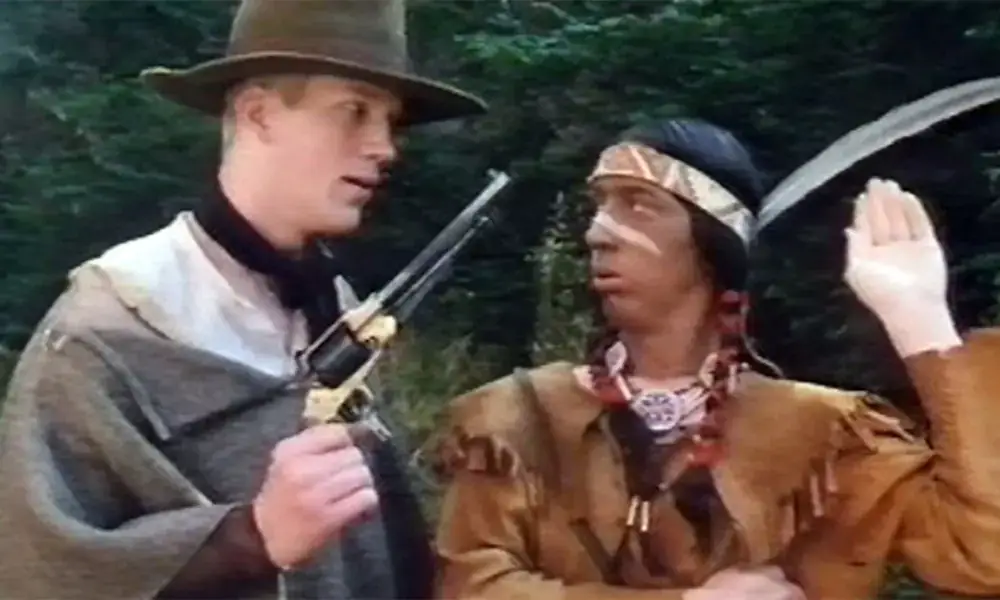
For a film made by a group of kids where the most expensive prop was a spittoon, A Fistful of Fingers is surprisingly charming, and the runtime—despite some slow moments in the second half—flies by. Interestingly, Wright isn’t the only creator whose career began with A Fistful of Fingers. Oli van der Vijer, who played Squint, designed vehicles for Star Wars: Episode VIII (he also worked on Guardians of the Galaxy and Spectre), and Simon Bowles worked as a production designer on The Descent, Dog Soldiers, and Eden Lake. Unfortunately, Graham Low, who mimicked Eastwood, became a teacher rather than an actor, though he can be seen in a small role as a street artist in Hot Fuzz.
I don’t want to sound like I’m bragging, but Quentin Tarantino once told me he envied how early I started directing. I replied that I wouldn’t have minded waiting another decade if my first film could have been Reservoir Dogs. It’s the best debut in film history, alongside Citizen Kane.
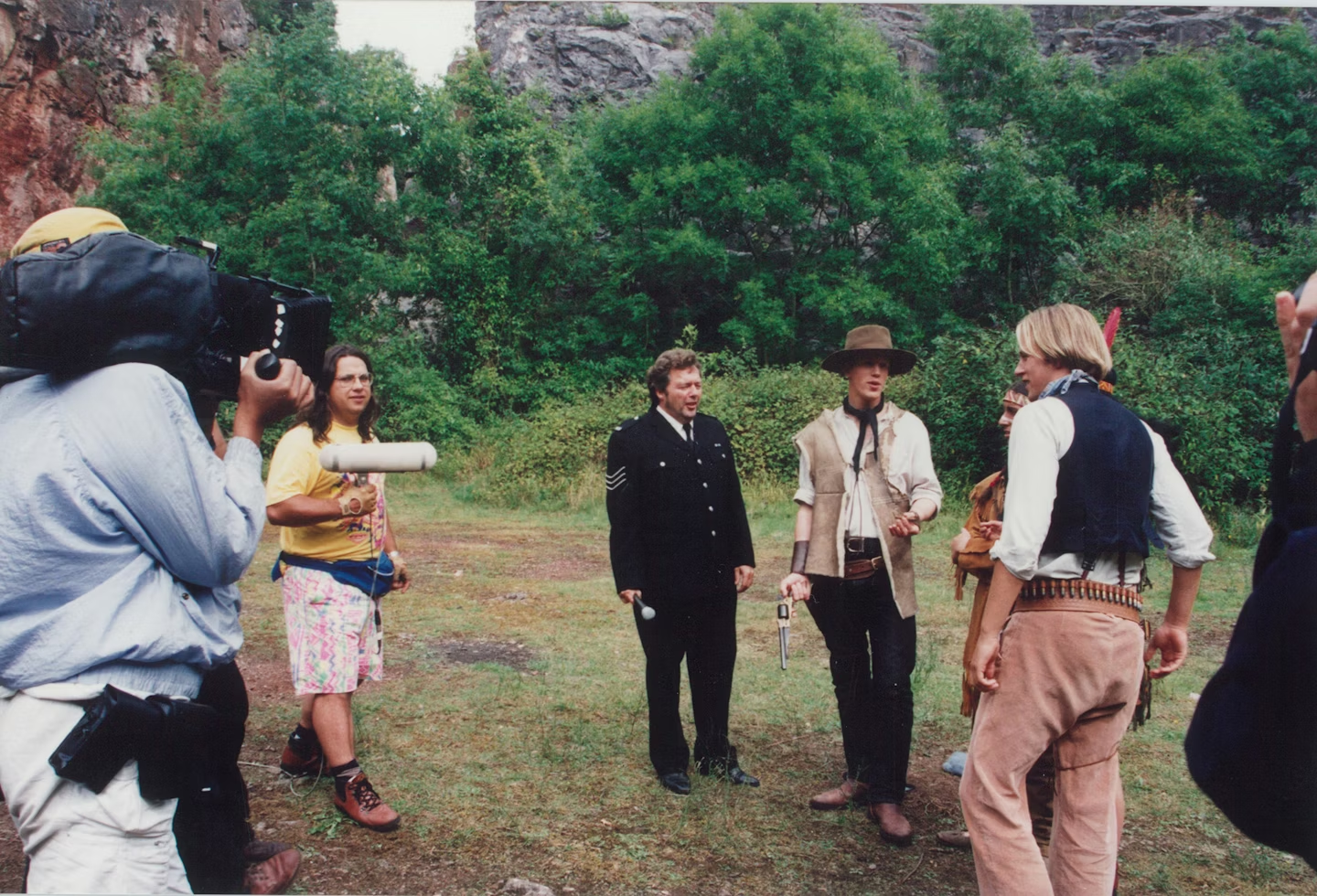
Nevertheless, it was clear that Wright was delighted to see a room full of fans watching his first feature film on the big screen. After all, despite the two decades since its release, it remains the best western ever made… in Somerset.

